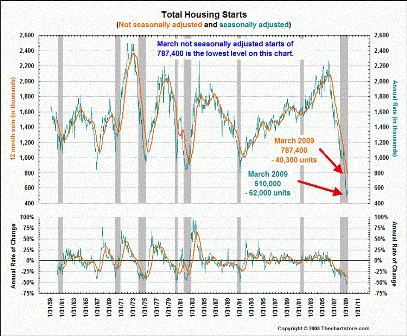Reads like the inflation problem was worse then most thought, and that a hard landing might still actually be happening. No way to actually tell in real time.
With China a first half/second half story, as previously discussed, January will bring a fresh slug of new govt. lending/spending that should at least moderate any fall that’s in progress.
However, if the anti inflation fiscal policies continue, and spending/lending is materially down from last year, the weakness should persist and potentially get a lot worse.
Property Prices Collapse in China. Is This a Crash?
By Gordon Chang
November 6 (Forbes) — Residential property prices are in freefall in China as developers race to meet revenue targets for the year in a quickly deteriorating market. The country’s largest builders began discounting homes in Shanghai, Beijing, and Shenzhen in recent weeks, and the trend has now spread to second- and third-tier cities such as Hangzhou, Hefei, and Chongqing. In Chongqing, for instance, Hong Kong-based Hutchison Whampoa cut asking prices 32% at its Cape Coral project. “The price war has begun,” said Alan Chiang Sheung-lai of property consultant DTZ to the South China Morning Post.


